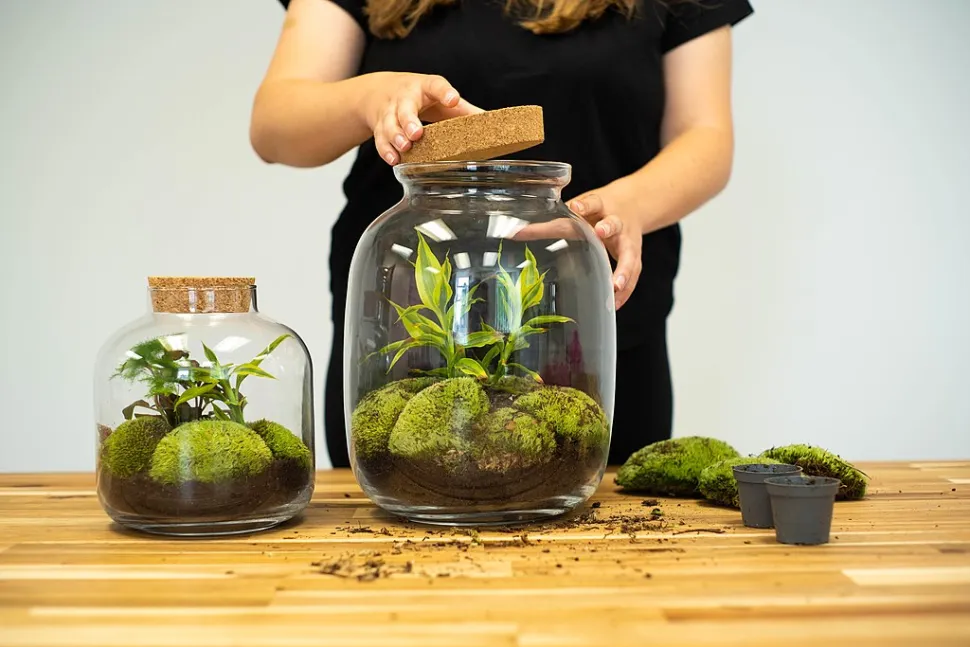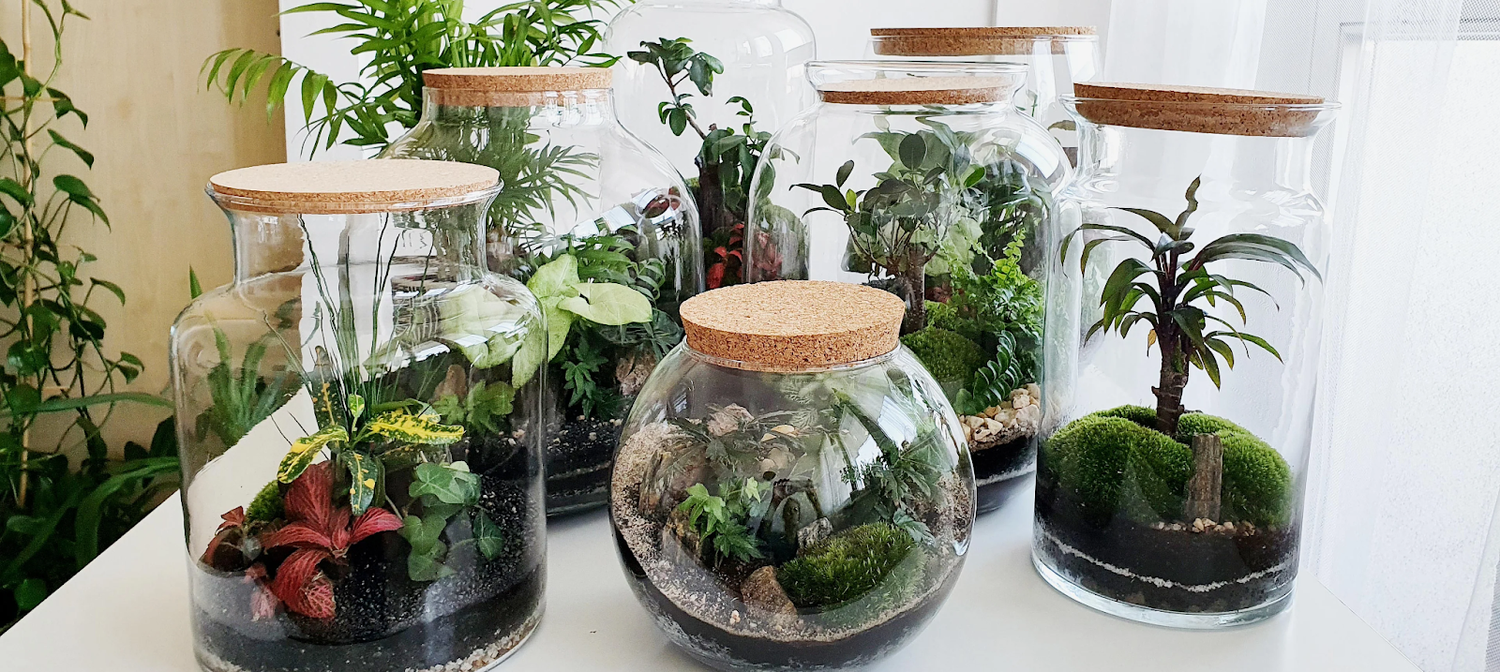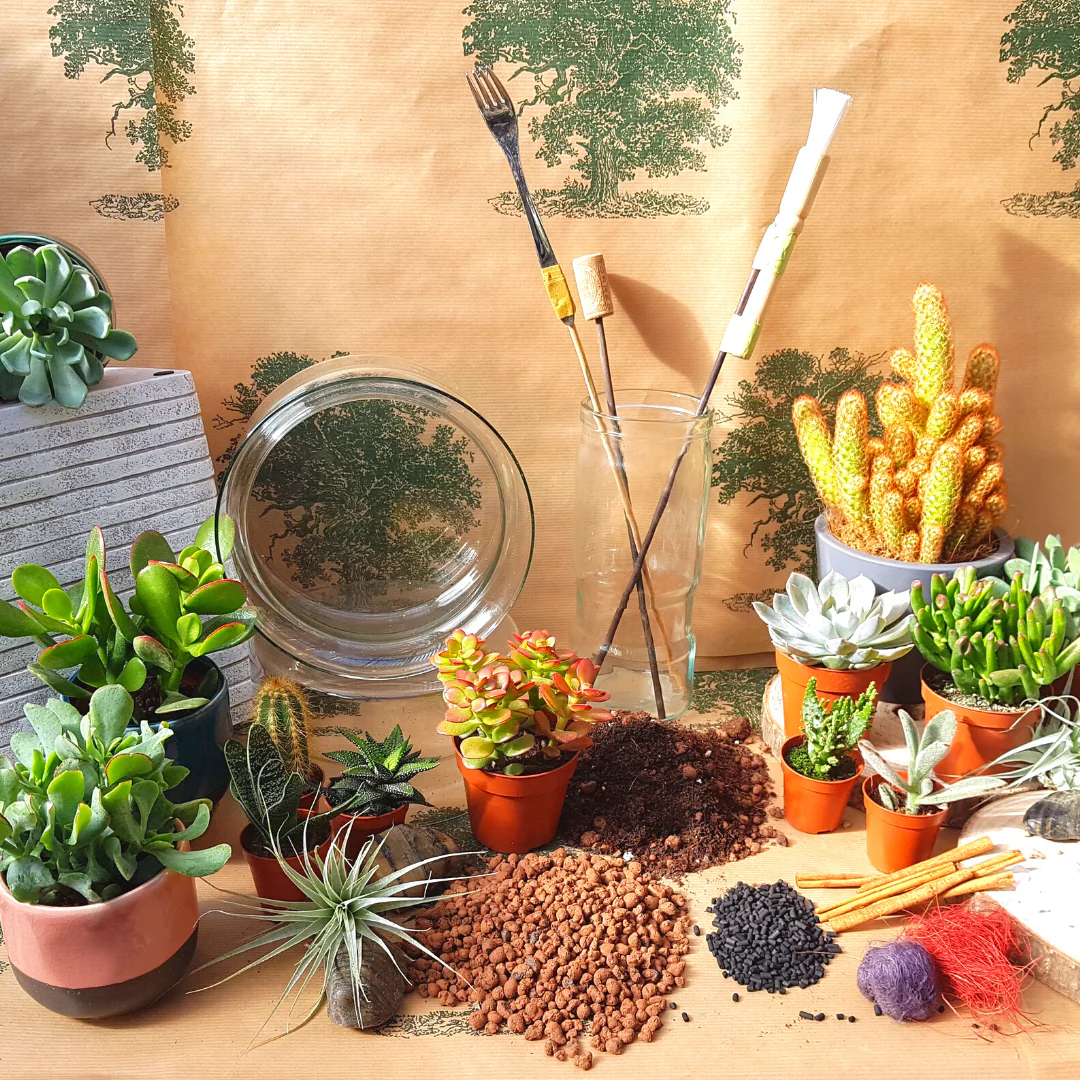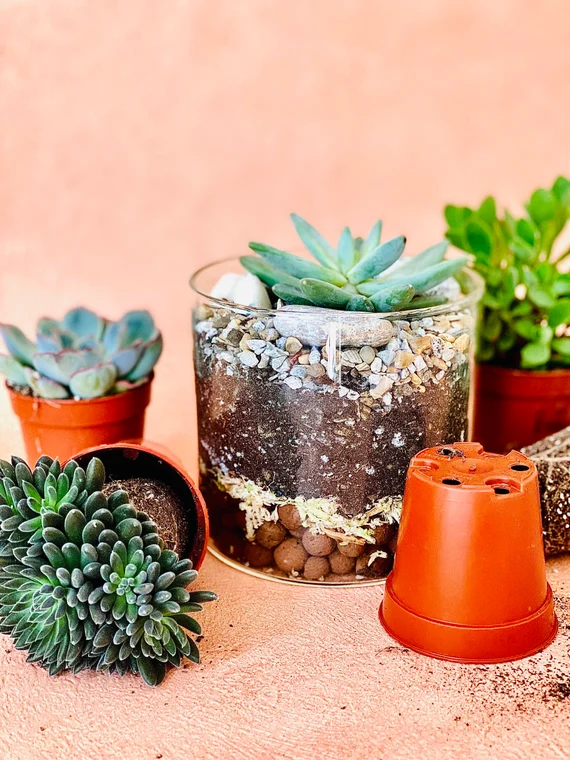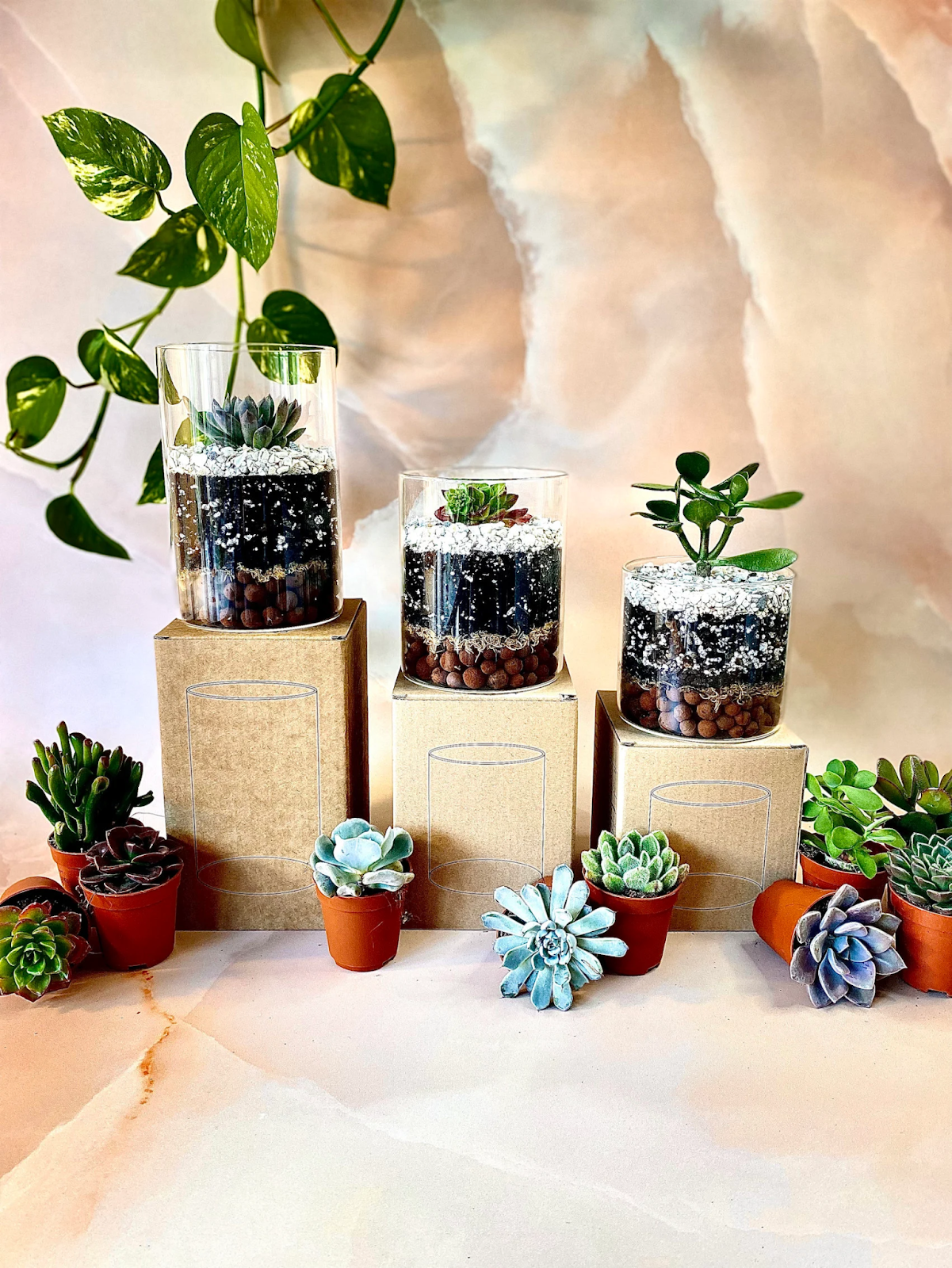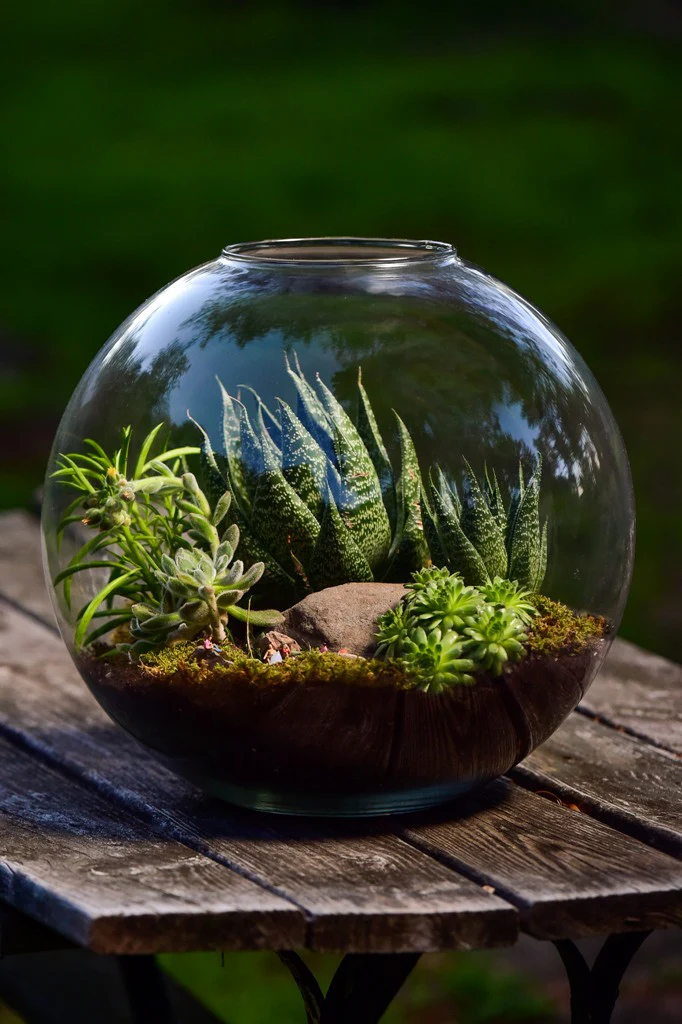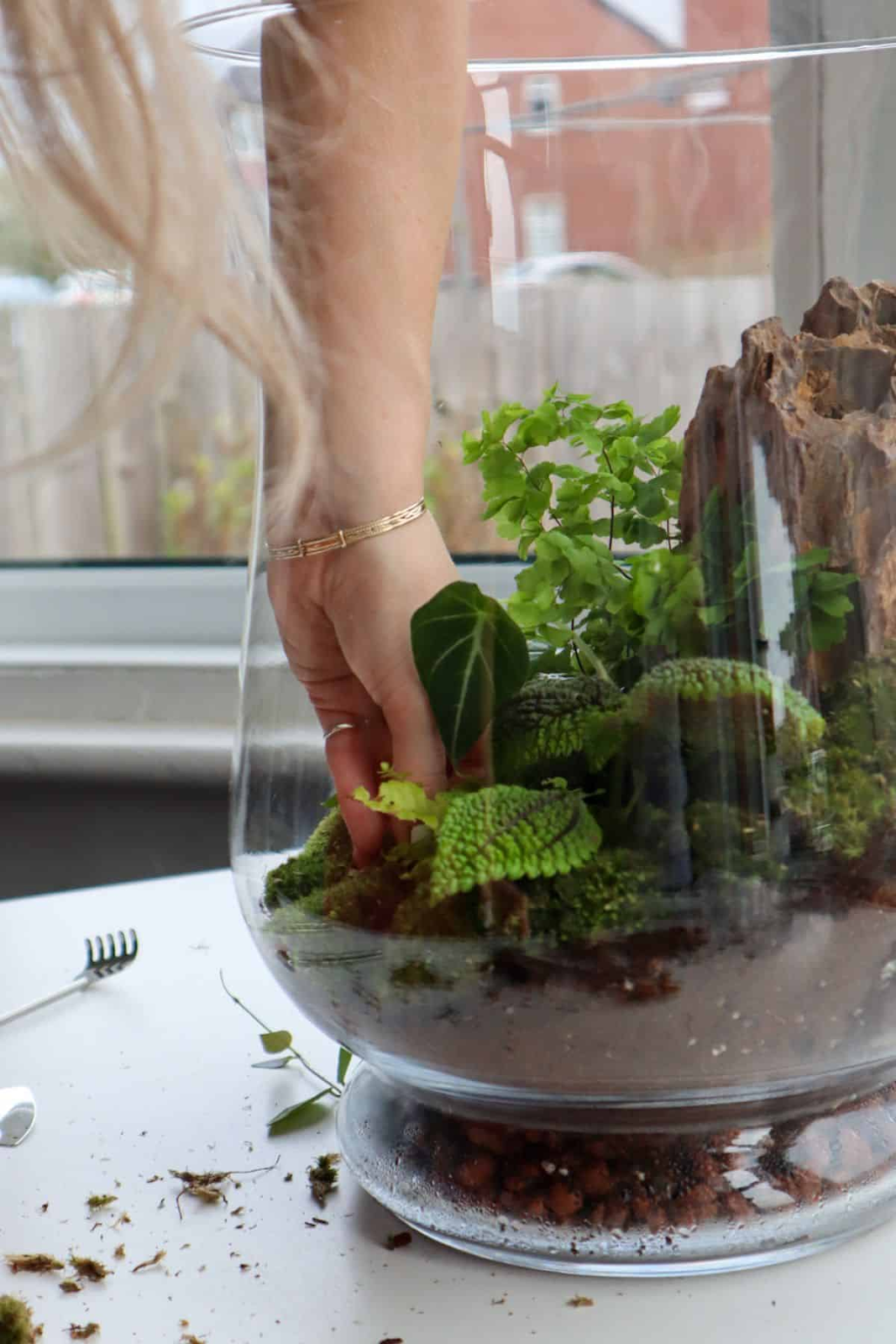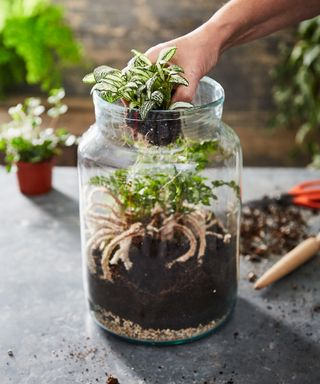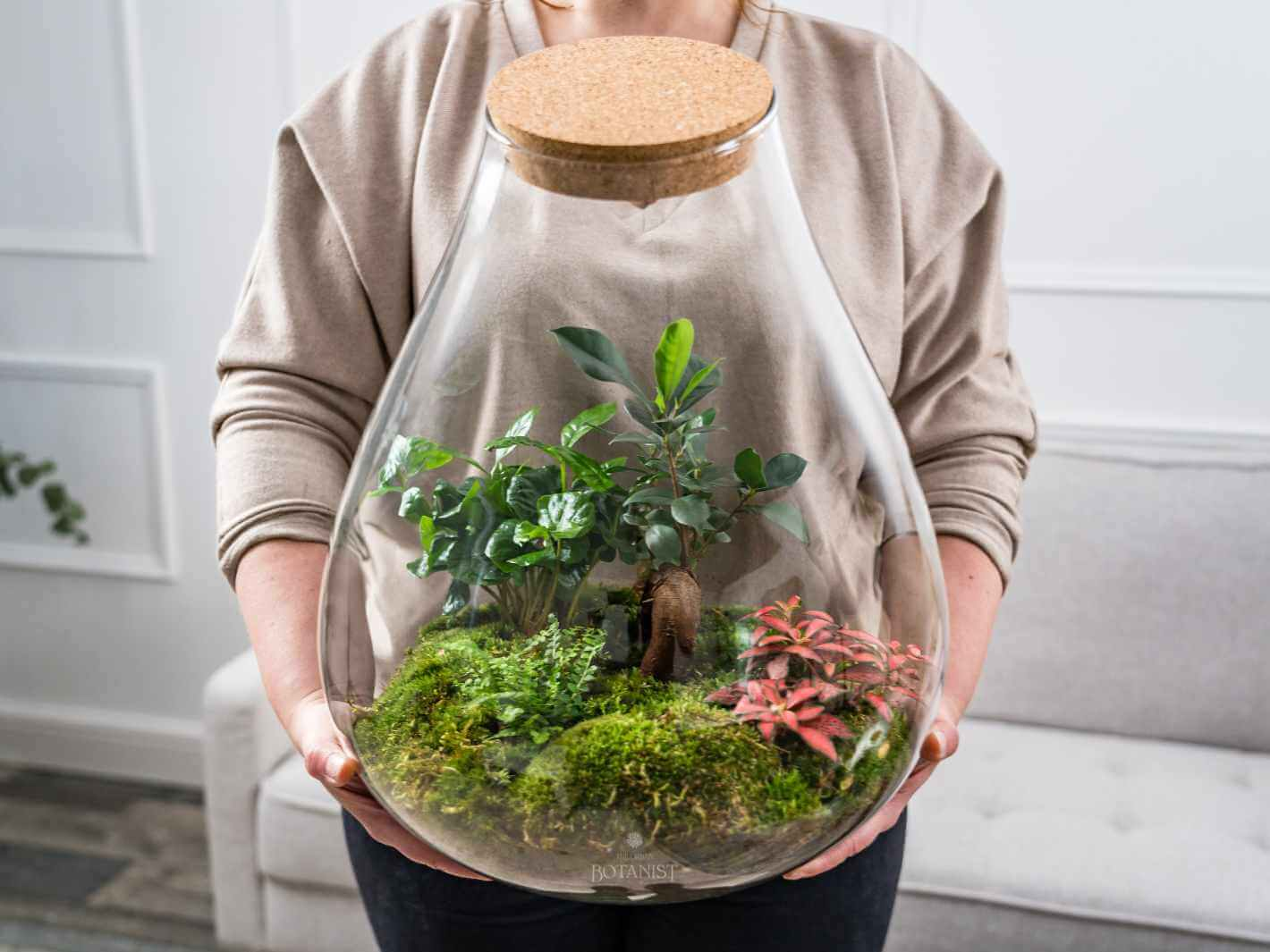How Do Terrariums Work?
A terrarium is an enclosed environment that resembles a miniature indoor garden. By releasing moisture, the plants and soil cycle water in a terrarium. This vapor condenses on the walls and flows back into the ground, providing hydration for the plants. Sealed terrariums are self-sufficient and need minimal attention as they are prearranged to sustain themselves. For example, small sealed containers with indoor gardens are inside them called terrariums. All plants and soils in their interior let go of water vapor. So they go through a process of recycling water. Eventually, these evaporated vapors collect on the inner sideboards of glass models resulting in a drip down towards the soil. As all nutrients come from within them, such structures demand nearly no maintenance if kept closed.



